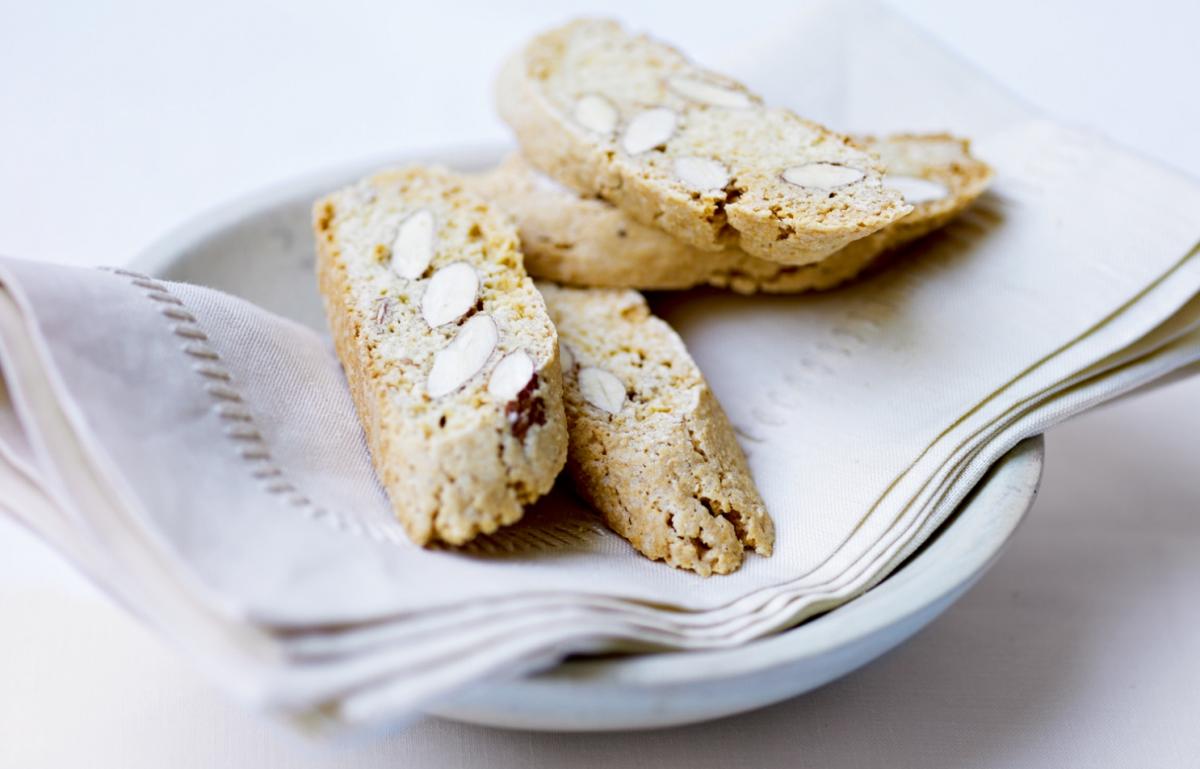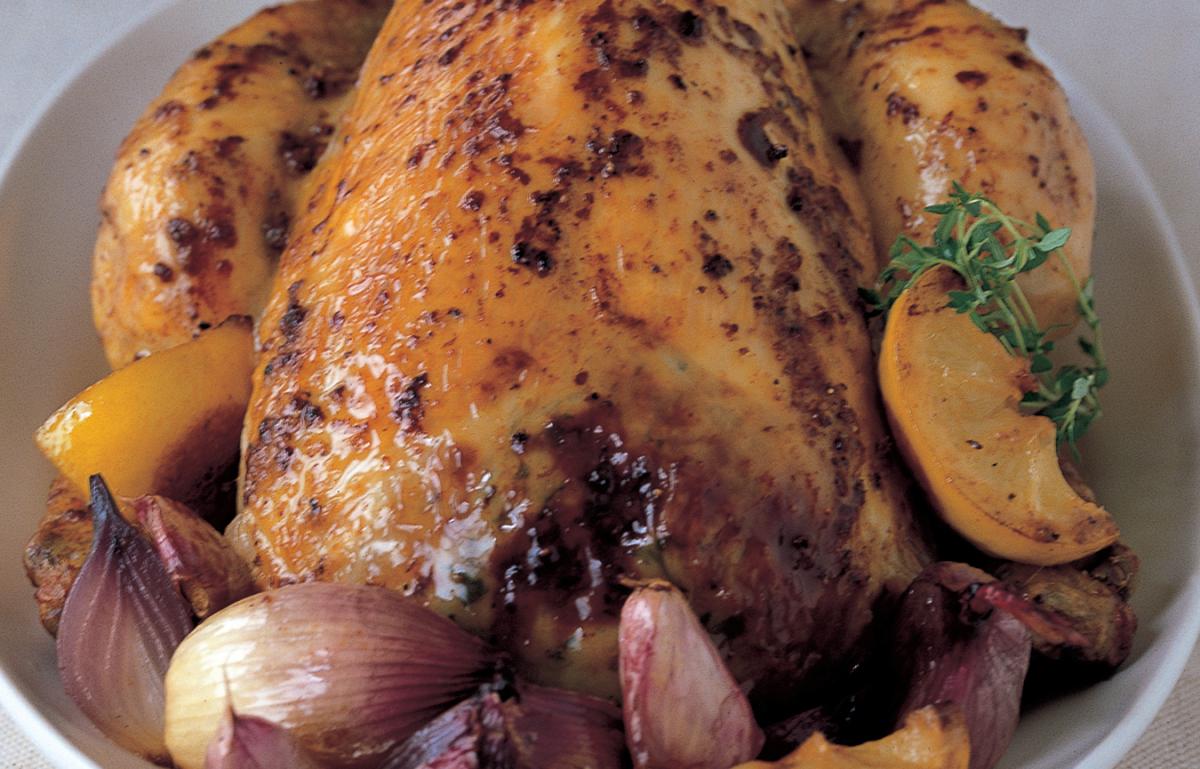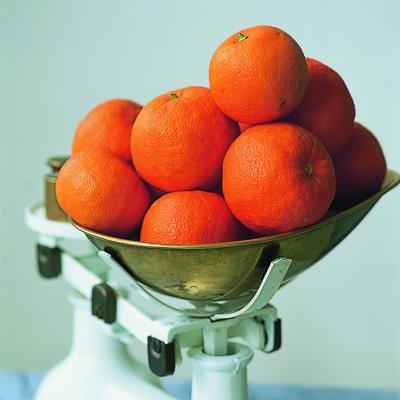


Oranges feature every bit as regularly as lemons in recipes: the famous French classic bigarade (orange and port) sauce served with duck, for instance, and my own favourite classic English sauce, Cumberland, which features orange and lemon, where the juices and finely shredded zest are combined with port and redcurrant jelly.
Then there is also, of course, that great British invention, marmalade, which no other country's preserve has ever been able to match. Made with the bitter oranges of Seville that arrive at Christmas, no marmalade made with any other citrus fruit has that tangy intensity of flavour, where the sharpness of the oranges wins hands down over the sugar, totally eliminating that over-sweetness that so often masks the true flavour of the fruit in preserves.
Buying oranges is such a hit-and-miss affair, and a dry, sour or extra-pithy orange is really not pleasant. So, for eating straight there's only one type of orange that never fails to please, and that's the Spanish navels. They are distinctive in that they have a so-called 'navel', and inside there's a sort of baby fruit attached. I'm not saying other varieties of orange are not good, but with navels you're never disappointed. The good news here is that other countries are now growing them, too, so watch out for navelinas in spring and early summer, and the late-summer version from Argentina.
Seville oranges: Proper home-made marmalade really is one of the world’s great luxury foods. For, however good the shop-bought versions are, they can never match what can be made at home from just three simple ingredients – Seville oranges, water and sugar. Seville oranges are used because they are bitter and when combined with sugar the predominant flavour is that of the oranges, with a sharp tangy taste. No marmalade made with any other citrus food has that intensity of flavour, where the sharpness of the oranges wins hands down over the sugar, totally eliminating that over-sweetness that so often masks the true flavour of fruit in preserves. The Seville orange season is short, from December to February, so it’s best to make enough marmalade for the whole year while they’re available. But if you don’t have the time, you can still put some by, as Sevilles do freeze perfectly well.
Watch How To Make Marmalade here
Follow us Like us on Facebook Follow us on twitter Follow us on instagram Follow us on pinterest Follow us on youtube
© 2001-2024 All Rights Reserved Delia Online